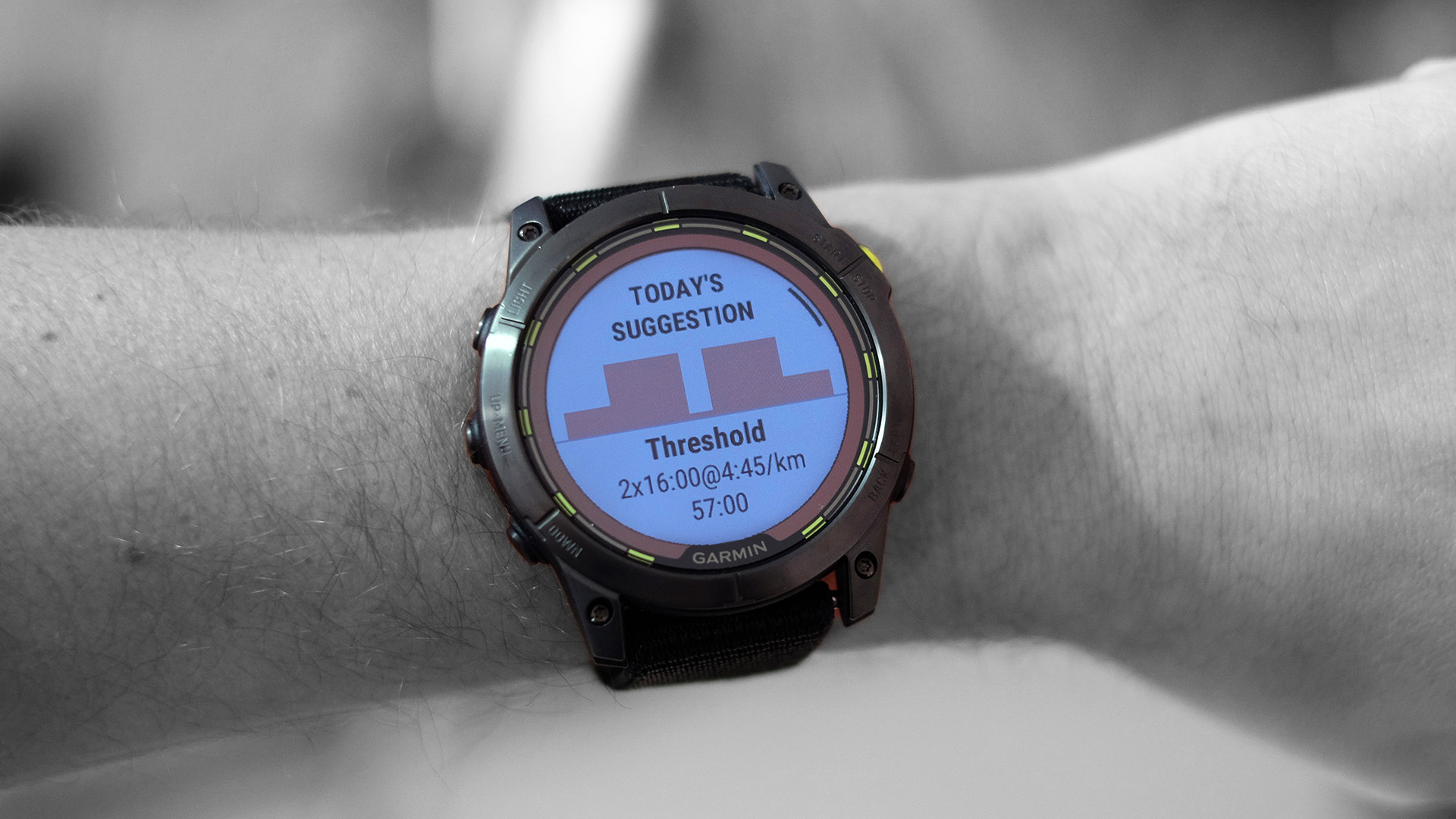

Garmin's Daily Workout Suggestions feature was first introduced in late 2020 and – like many other Garmin features – is powered by the Firstbeat Analytics algorithm. I didn't pay much attention to it until recently, but now that I have tried following the suggestions for over a month, I can't say I regretted checking out this feature. It helped me get better at running and gave me a fresh perspective on effective training and recovery.
You can read more about the feature here: How do Garmin's Daily Workout Suggestions work? The feature was introduced in the Garmin Forerunner 745, and it's available in all the best Garmin watches, including the Garmin Fenix 7X, Garmin Enduro 2, Garmin Forerunner 955 Solar and more. You can get some of the same effects, but without Garmin's algorithmic smarts, with an app like Nike Run Club. A quick extract of my achievements, with the full story below:
- Down 2kg in bodyweight (approx. 4.4 lbs, although I ate a bit better over that time)
- Around 20 seconds taken off Park Run PB
- Slowing down a bit suddenly made running 10km effortless - great for confidence.
- Being told to run the day after a 3 am Gatwick start and 12 hours of drinking in Munich
- Losing 1 point of VO2 Max on the same session that I beat the Parkrun PB (?)
- Garmin Workouts seems to take things steadily, working on gradual improvement
Down in the ruts
Running has stacks of benefits. It’s a competitive sport if you want. It brings structure to your day, burns calories and has numerous mental health benefits. And maybe lets you see a bunch of dogs down at the local park. I’ve leaned heavily on all these running facets, bar the competitive stuff, over the last couple of years. However, parts of this seemed to stop working in late 2022.
Do you know that aimless feeling of being in a rut? A couple of personal issues and the 4:30 pm sunsets had laid that feeling on pretty thick — that and more or less actually being in a rut — a few months ago. However, running is still cheaper than a therapist, so I tried a way to level up my running, alongside a few other lifestyle changes, to improve matters.
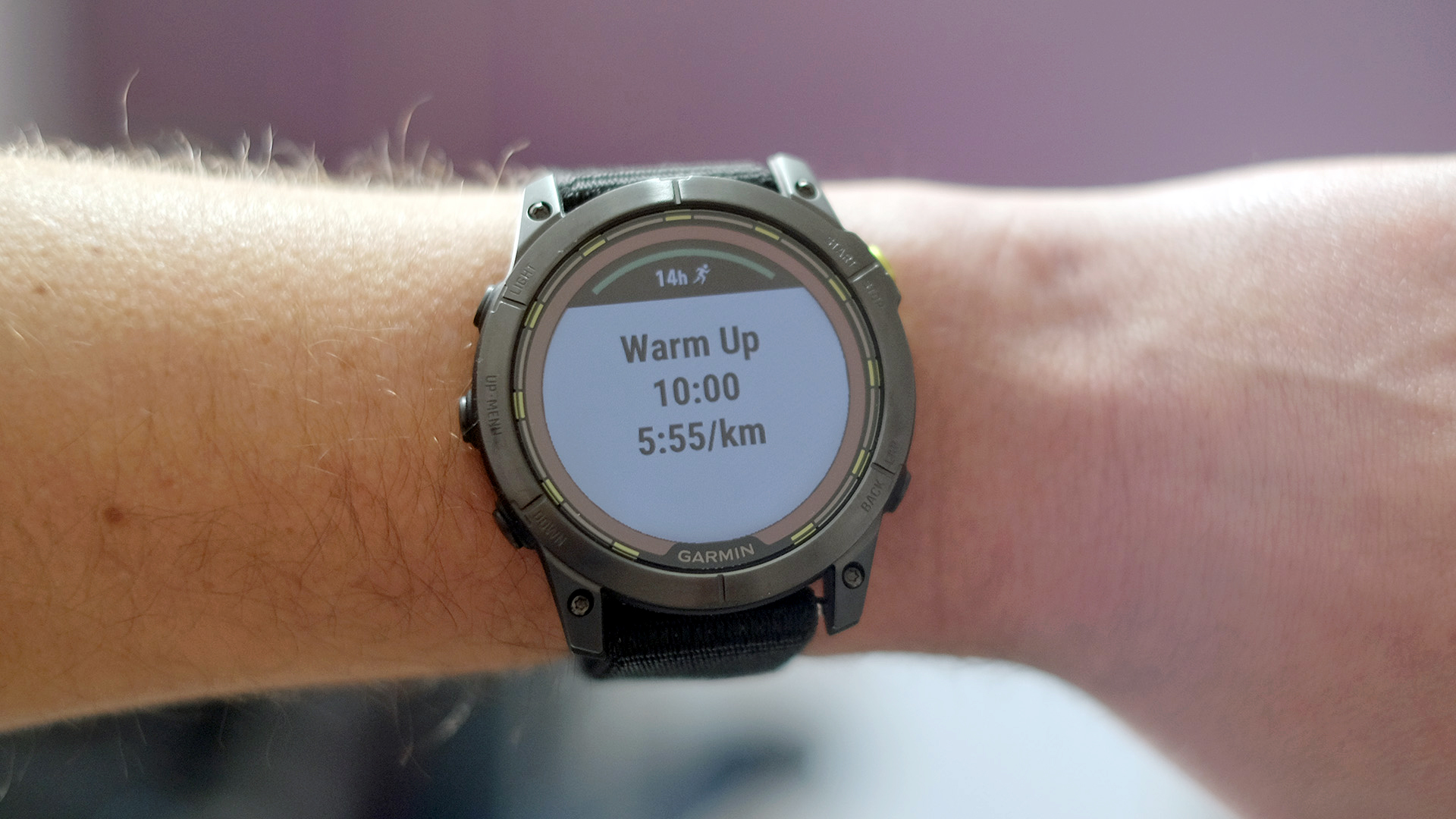
If it's run day, then it's run day, no matter what
Free will is out the window
The plan was to throw my free will out of the window to reduce the chance of not going for a run. I would use my Garmin watch to tell me what to do each day, run-wise. No excuses or backing out unless there was a legit reason to do so. All of Garmin’s higher-end watches have a feature called Suggested Workouts, which offers a lightly structured session based on how ready it thinks you are for exertion. Despite having reviewed what feels like a dozen Garmin watches this year, up until this point, I completely ignored this feature.
Here’s how it works. When you go to start a tracked run on your watch, your Garmin throws up a screen suggesting a time and pace. It could be a simple, everyday run, a set of intervals where you run fast for a few minutes a bunch of times, interspersed with slow sections. Or you could be thrown a VO2 Max test designed to leave you more-or-less begging for the session to end.
In watches with Morning Report, you’ll get a preview of what’s to come when you wake up. Morning Report is a series of screens that shows how you slept, what the weather’s like and so on. My initial plan was to carry this on for a month. At the least, I’d learn a bit more about how Garmin’s watches work. But I’m now six weeks into this experiment, and it has completely changed how I think about running.
Sign up to the T3 newsletter for smarter living straight to your inbox
Get all the latest news, reviews, deals and buying guides on gorgeous tech, home and active products from the T3 experts
Running slow
The most obvious change the Garmin training programme made was to bring my pace way down for the average workout. Over the past few years, I have mostly run roughly every other day, generally at a “threshold” pace. You can think of this as the speed that leads to a high heart rate, but one you can maintain for a reasonably long time. For everyday casual runs, Garmin lowered my pace from around 5:05 per km to 5:55. I’d told myself the faster pace was my comfort zone. And, sure, I wouldn’t be left “feeling it” in my legs after a run the next day.
However, I was fooling myself, as slowing down suddenly made 10k runs feel like a doddle. In my old run style, I’d rarely run the entire 5-7km of my average run without walking a bit — constantly reviewing phone cameras is a good excuse for slowing down to capture photos — but at Garmin’s pace, the issue was more one of not speeding up too much. Going slower makes running easier: it seems ridiculous to say this, but in practice going with Garmin’s recommendations was revelatory. Suggested workouts seem to work roughly on an 80:20 principle, where only 20% of your exercise is particularly intense.
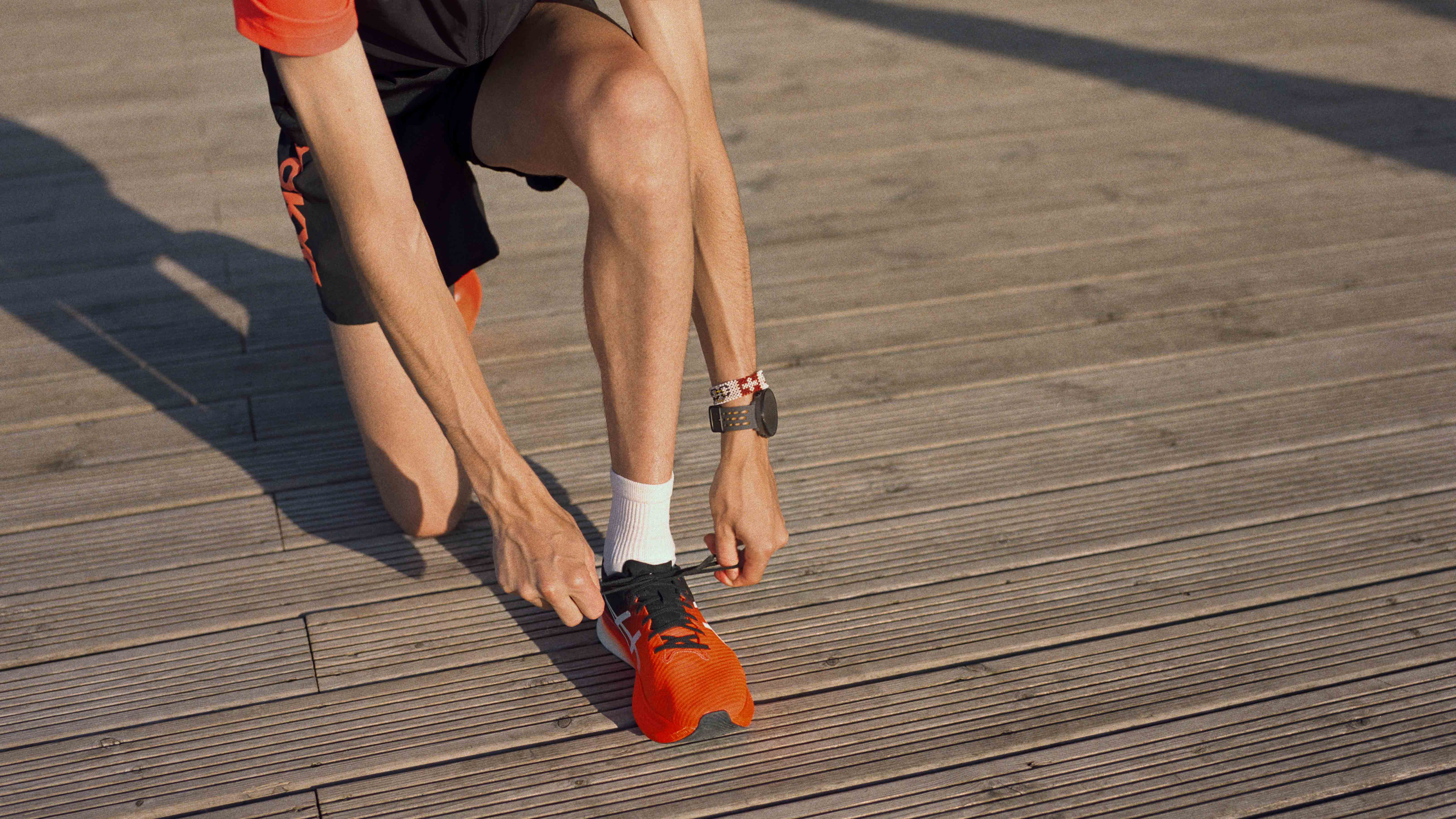
Gotta go... slow
Getting overconfident
Within a week, I was carrying on significantly longer after the workout had officially ended and envisioned beating my personal best Park Run (which is a 5k distance) time on the coming Saturday.
That didn't happen; I was already technically breaking my rules. As it turns out, running slower for longer takes a bit of getting used to. Halfway through the first 5km Park Run after starting this program, my quads were screaming, and I ended up with a slower time than before I started this exercise. It's a reminder that a properly structured workout plan actually has some thought behind it.
And if you do what I did, you're not going to see the best from Garmin's Suggested Workouts anyway. The system is smart enough that if you overdo a workout and run too fast or too long, it will re-calibrate future workouts to compensate.
At one point, I got into the habit of checking what was coming up next through the week to get in the right mental zone for any upcoming interval or VO2 Max session. However, the interval workout pencilled ended up being replaced by a slow base run because I'd overdone it a bit yet again. This can get annoying, but it makes sense. Garmin doesn't want to be blamed for causing injuries or bumping you into overtraining.
Slow and steady
However, that doesn’t mean there aren’t some strange things to Garmin’s virtual coach. At one point, I travelled to Munich for a birthday weekend spent in German beer halls. Flight times meant a 3 am start, followed by more-or-less all-day drinking until past midnight.
The following day Garmin’s energy-rating Body Battery feature had me at 5 points out of a hundred. Its message was “go back to bed”, but Suggested Workouts still had me go out for a 30-minute recovery run. Garmin Connect also suggests my exercise routine is highly imbalanced, with an anaerobic shortage and a massive overrepresentation of “high” and “low” aerobic activity.
However, it’s perhaps a reminder that some strength training — or other types of workouts — complements regular running. You’re just not going to get that with the exercise tunnel vision involved in this experiment. There is a sense of progress, however. Suggested Workouts is gradually increasing the “acute load” of the routine, the combined required effort if you like, which plays out in the sessions becoming slightly longer.

"Running helps but isn’t a solution in itself."
What progress?
The progress I’ve seen, or at least felt, hasn’t had that much to do with how Garmin’s numbers are gradually ticking upwards. Eventually, I did manage to beat my Park Run personal best by around 20 seconds. Over the first month, I lost about 2kg in weight, although another part of this whole motivation drive was an effort to do more batch cooking( and less pizza eating).
And to cap off six weeks with Garmin’s Suggested Workouts, I got a bit bold with my final sessions before writing this piece up. My Garmin Enduro 2 suggested a long run, the first time it has given me a workout session longer than an hour.
Despite -2 degree centigrade weather, I was feeling good after the hour and five minutes Garmin suggested, so I kept going to see how far I could comfortably go. And by the time I hit 15km, the half-marathon distance was too tempting not to go for.
I eventually called it a day at 23km, and even then, the only discomfort was thigh rubbing — admittedly, pretty uncomfortable stuff. Before this experiment, I had never run anything longer than 10km at a time and had only tried that a handful of times over the last couple of years. As it turns out, a little structure and thought can make a big difference to an exercise routine.
Has it got me out of the rut I mentioned at the start of this article? Not really. Running helps but isn’t a solution in itself. However, there’s a real sense of empowerment in finding a little shift in perspective that can make you realise you can do things you never thought you could.

Andrew is a freelance tech and entertainment journalist. He writes for T3, Wired, Forbes, The Guardian, The Standard, TrustedReviews and Shortlist, among others.
Laptop and computing content is his specialism at T3, but he also regularly covers fitness tech, audio and mobile devices.
He began writing about tech full time in 2008, back when the Nintendo Wii was riding high and smartphones were still new.
-
 3 overrated shoulder exercises, according to a fitness expert (and what to do instead)
3 overrated shoulder exercises, according to a fitness expert (and what to do instead)Sculpt 3D shoulders whilst minimising injury with these three alternative exercises
By Bryony Firth-Bernard Published
-
 Polar’s new subscription feature lands in the shadow of Garmin’s Connect+ rollout
Polar’s new subscription feature lands in the shadow of Garmin’s Connect+ rolloutPR genius or timing disaster? Polar’s new Fitness Programme adds adaptive training to its ecosystem
By Matt Kollat Published
-
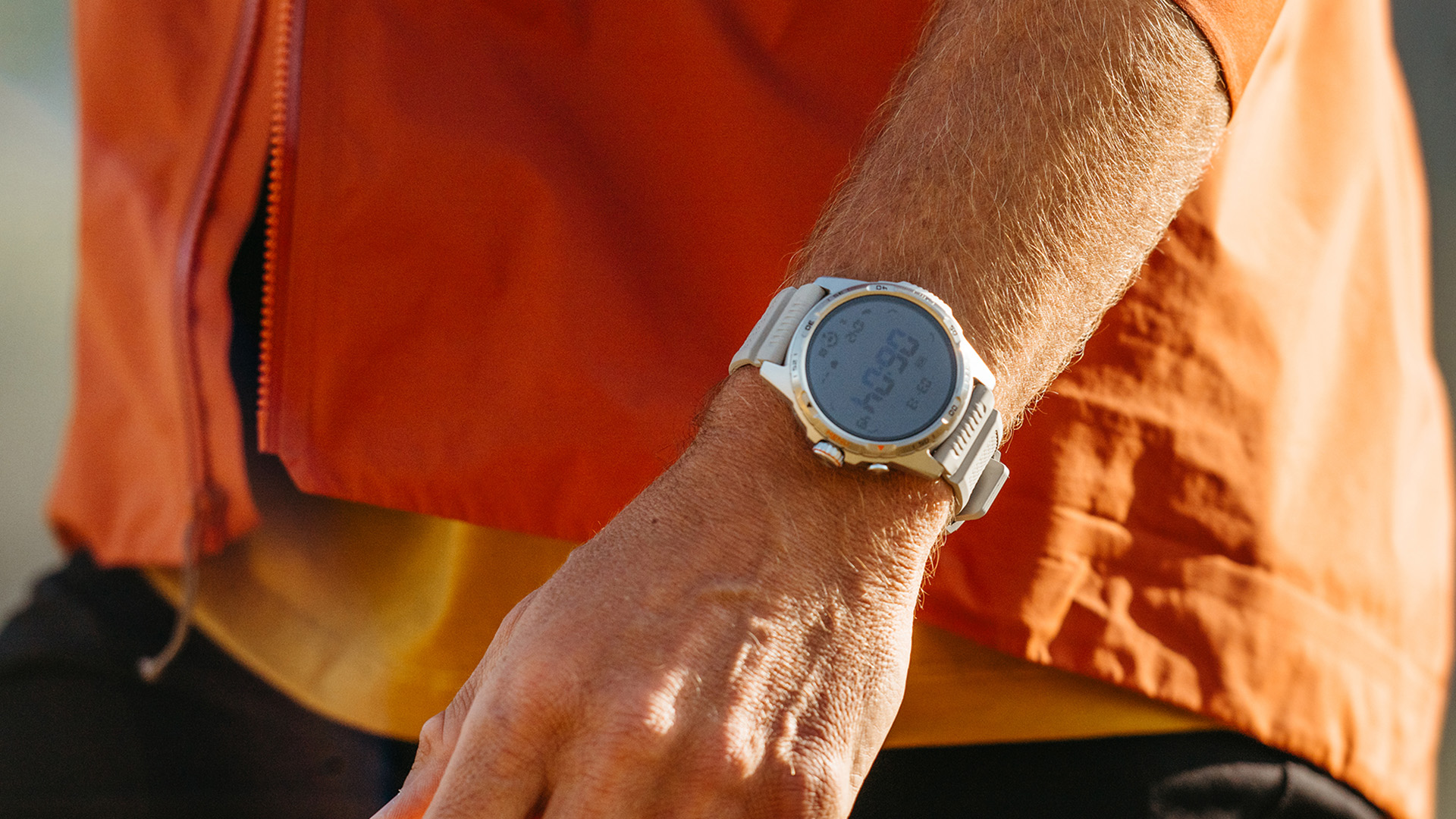 TicWatch’s Atlas rugged smartwatch is ready to challenge the Apple Watch Ultra and Garmin Fenix
TicWatch’s Atlas rugged smartwatch is ready to challenge the Apple Watch Ultra and Garmin FenixThe Atlas brings ultra-durable adventure features at a fraction of the price of big-ticket rivals
By Matt Kollat Published
-
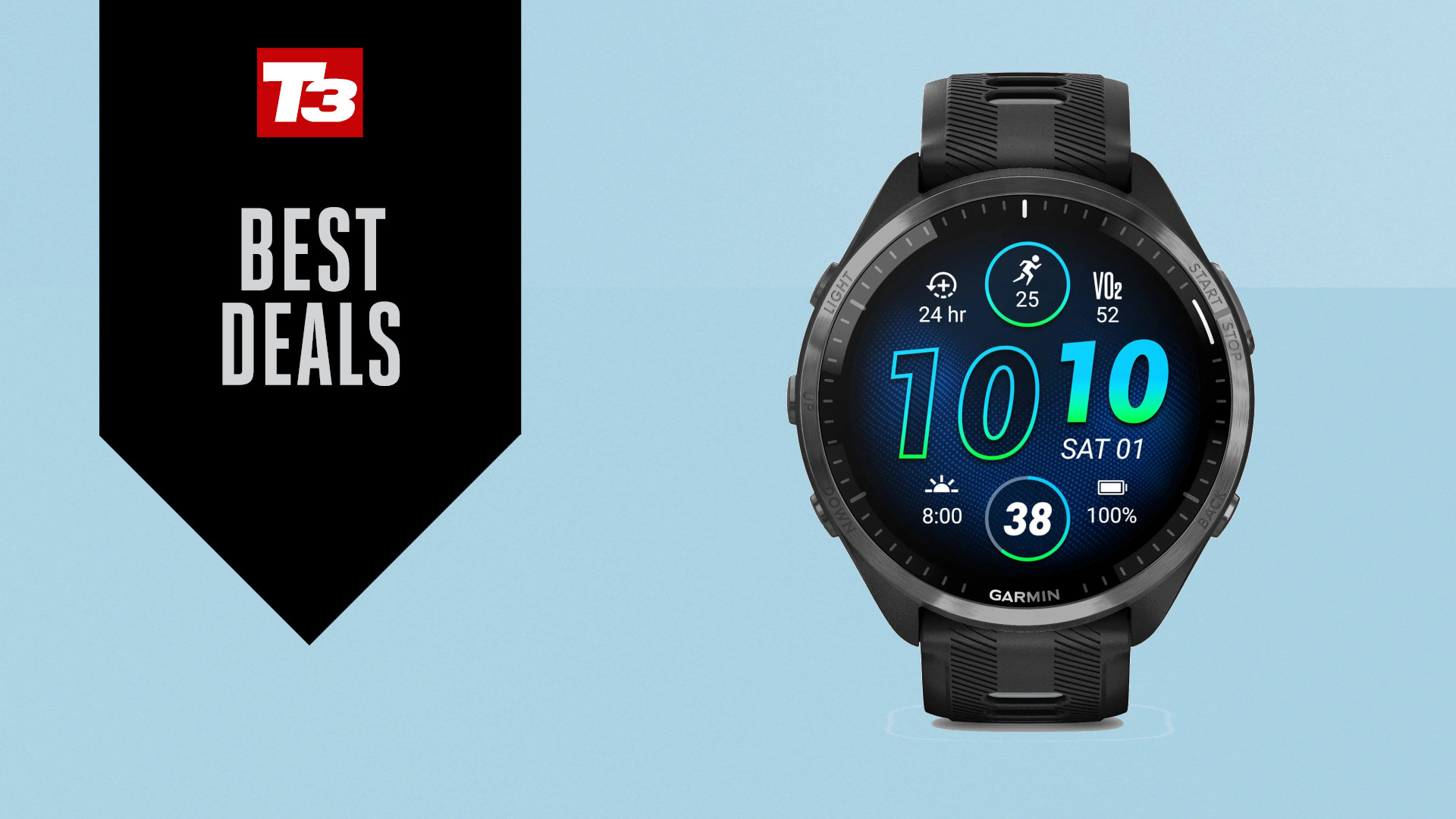 This top Garmin watch rarely gets discounted – now it’s got $100 off!
This top Garmin watch rarely gets discounted – now it’s got $100 off!The Forerunner 965 is Garmin’s best multisport watch (in our humble opinion)
By Bryony Firth-Bernard Published
-
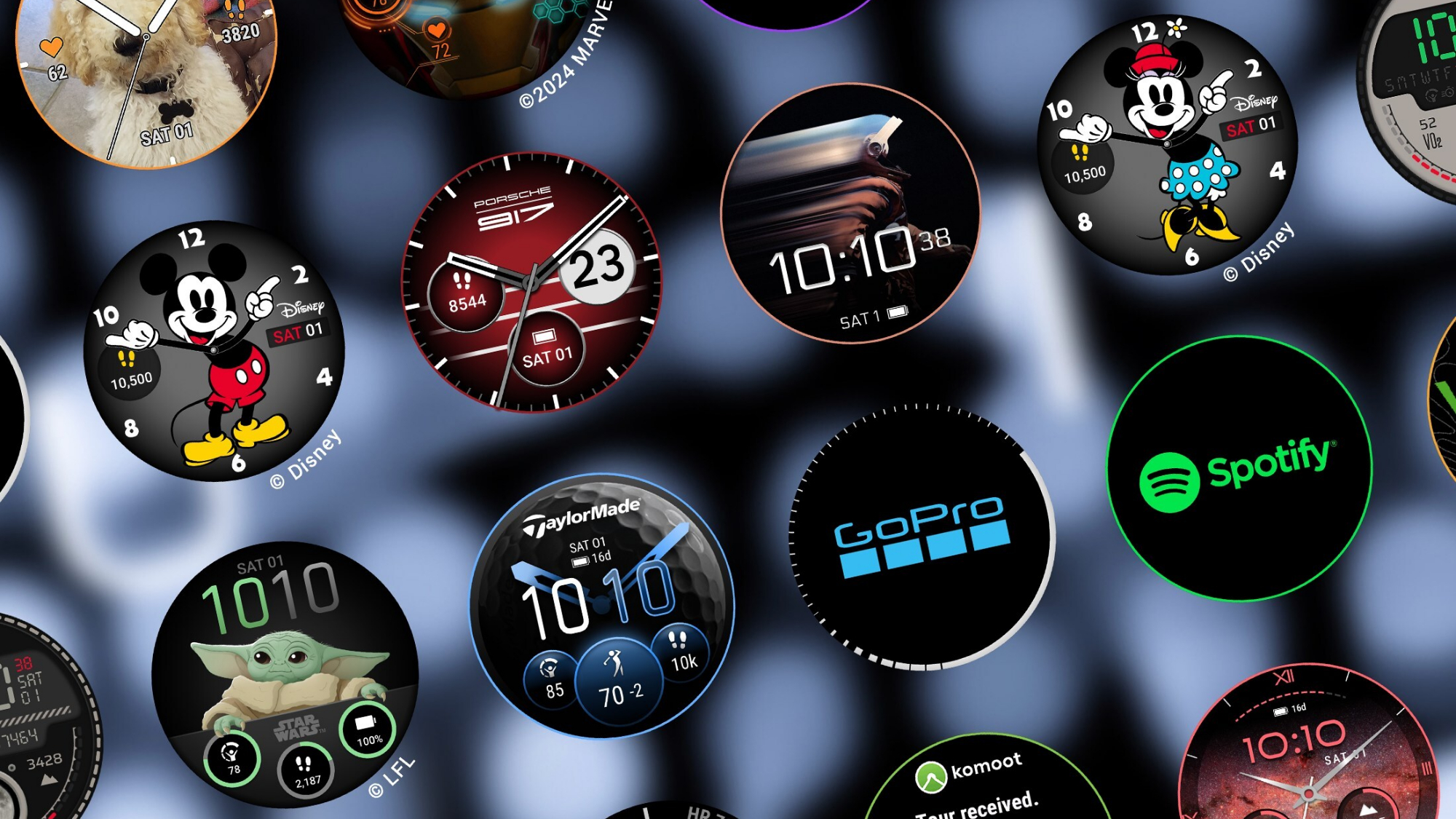 Garmin watches get a huge free feature upgrade to make life so much simpler
Garmin watches get a huge free feature upgrade to make life so much simplerIt pays to be a Garmin fan
By Sam Cross Published
-
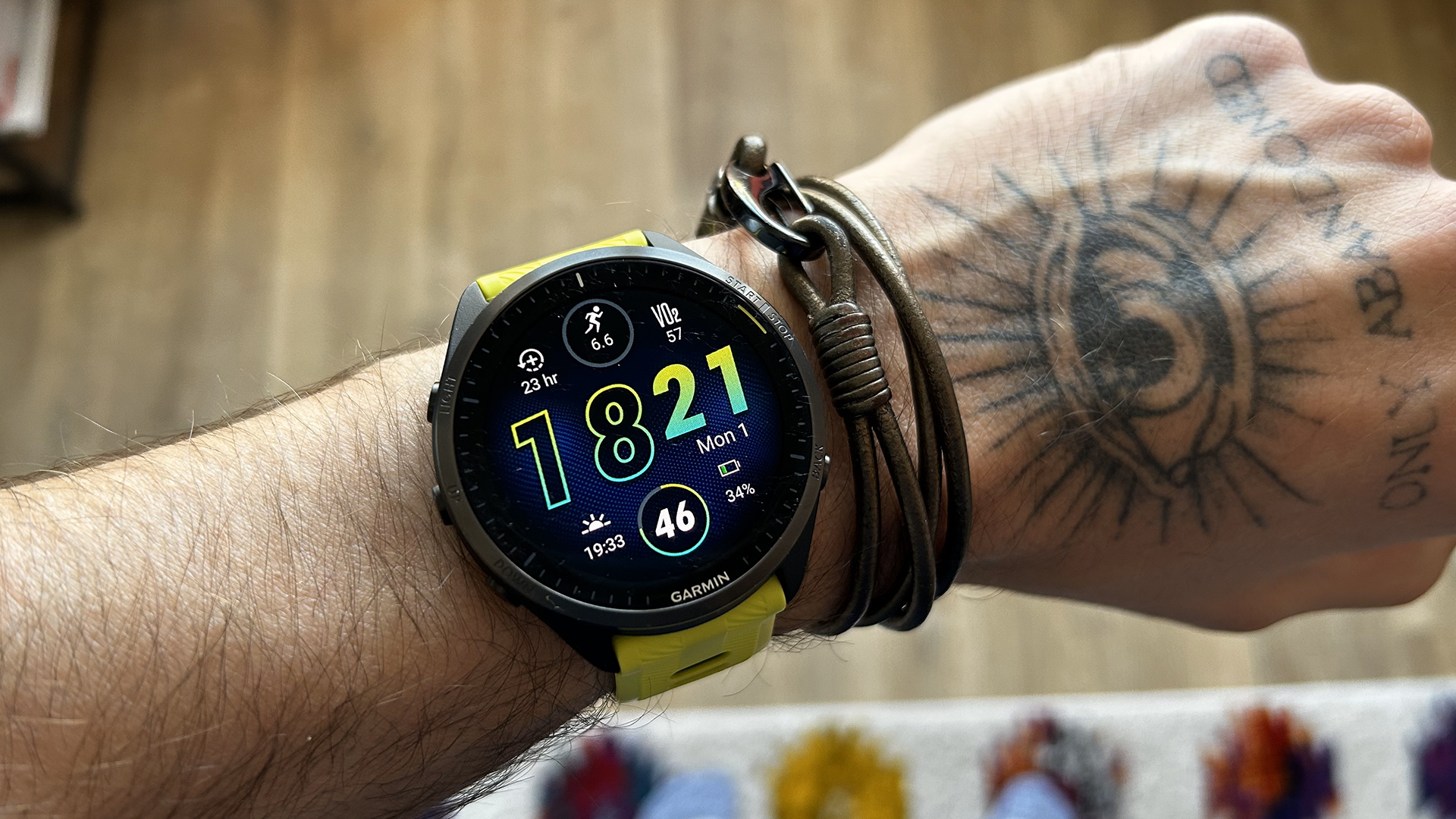 Garmin Watches get a great free music upgrade
Garmin Watches get a great free music upgradeThere's a new source for your workout soundtracks in the Connect IQ Store
By Carrie Marshall Published
-
 Garmin Father's Day Sale is now live – here are T3's top picks
Garmin Father's Day Sale is now live – here are T3's top picksFrom smartwatches to indoor trainers, here are the best gifts for dads from Garmin, with love
By Matt Kollat Published
-
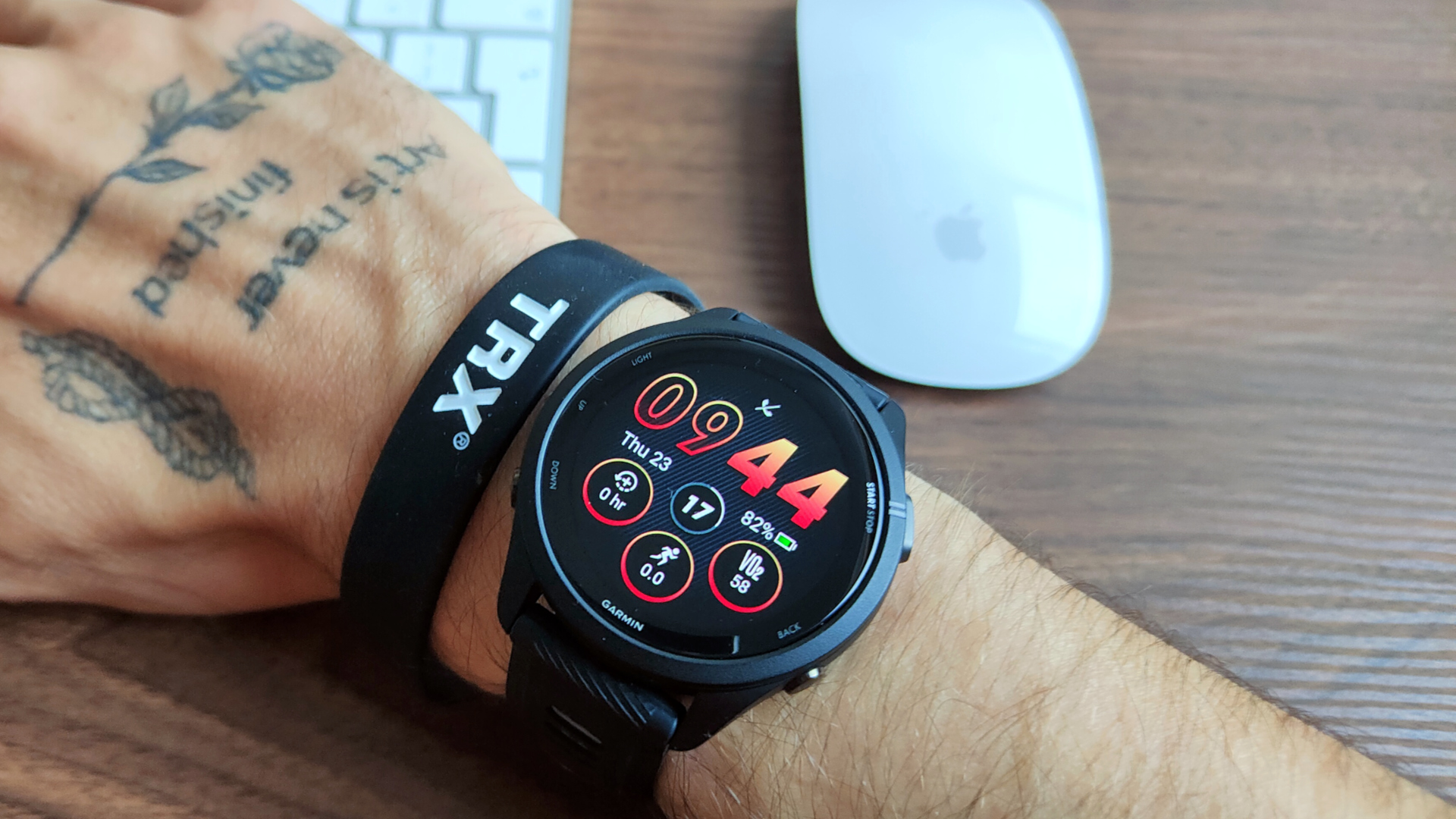 Fresh Garmin software update brings new features to Forerunners
Fresh Garmin software update brings new features to ForerunnersFind my phone and Garmin Messenger app are coming to select Forerunners
By Matt Kollat Published
-
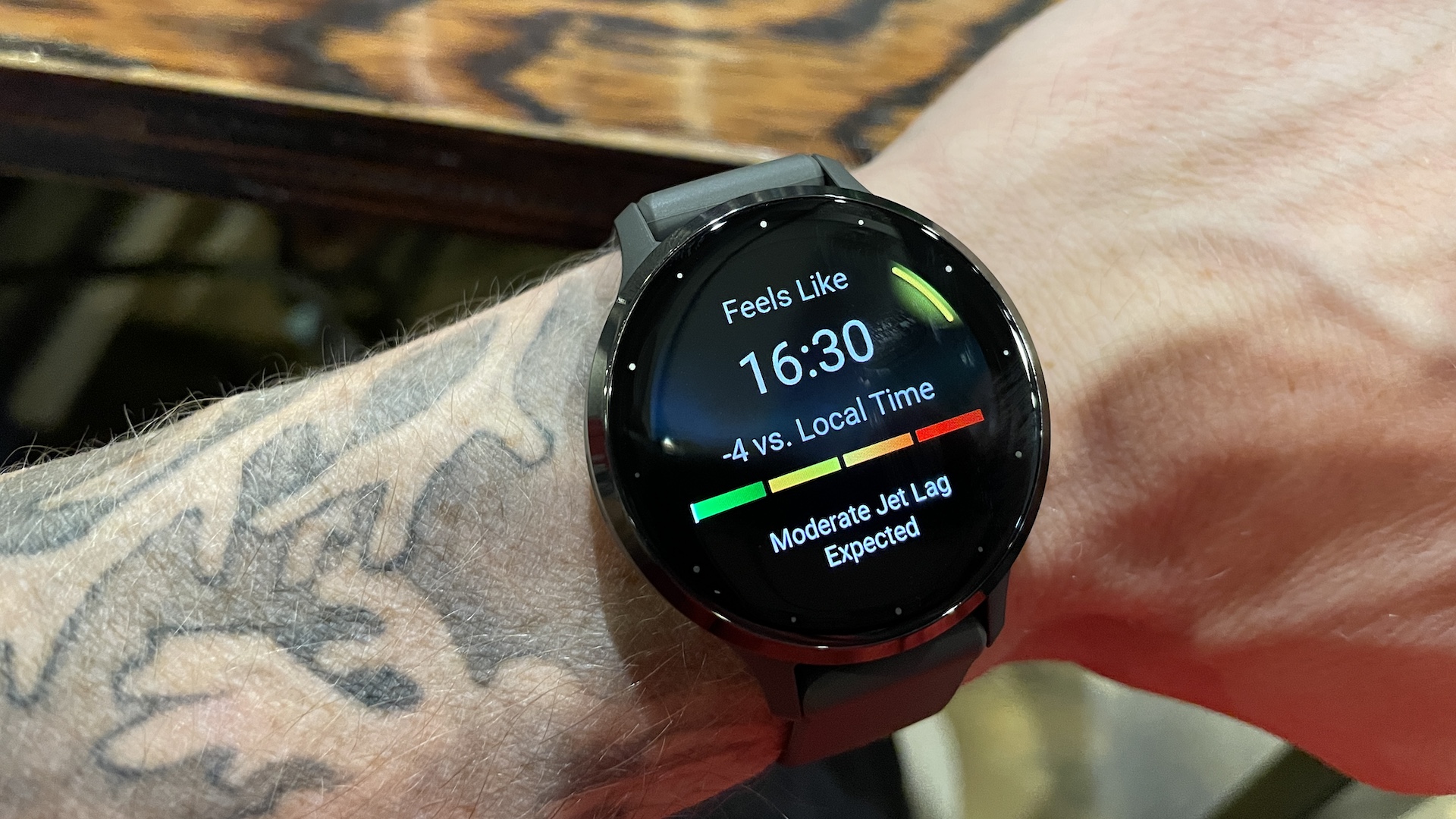 Latest Garmin software update brings much-requested features to Forerunners
Latest Garmin software update brings much-requested features to ForerunnersMultisport Auto Transition and Sleep Coach are coming to a Forerunner near you
By Matt Kollat Published
-
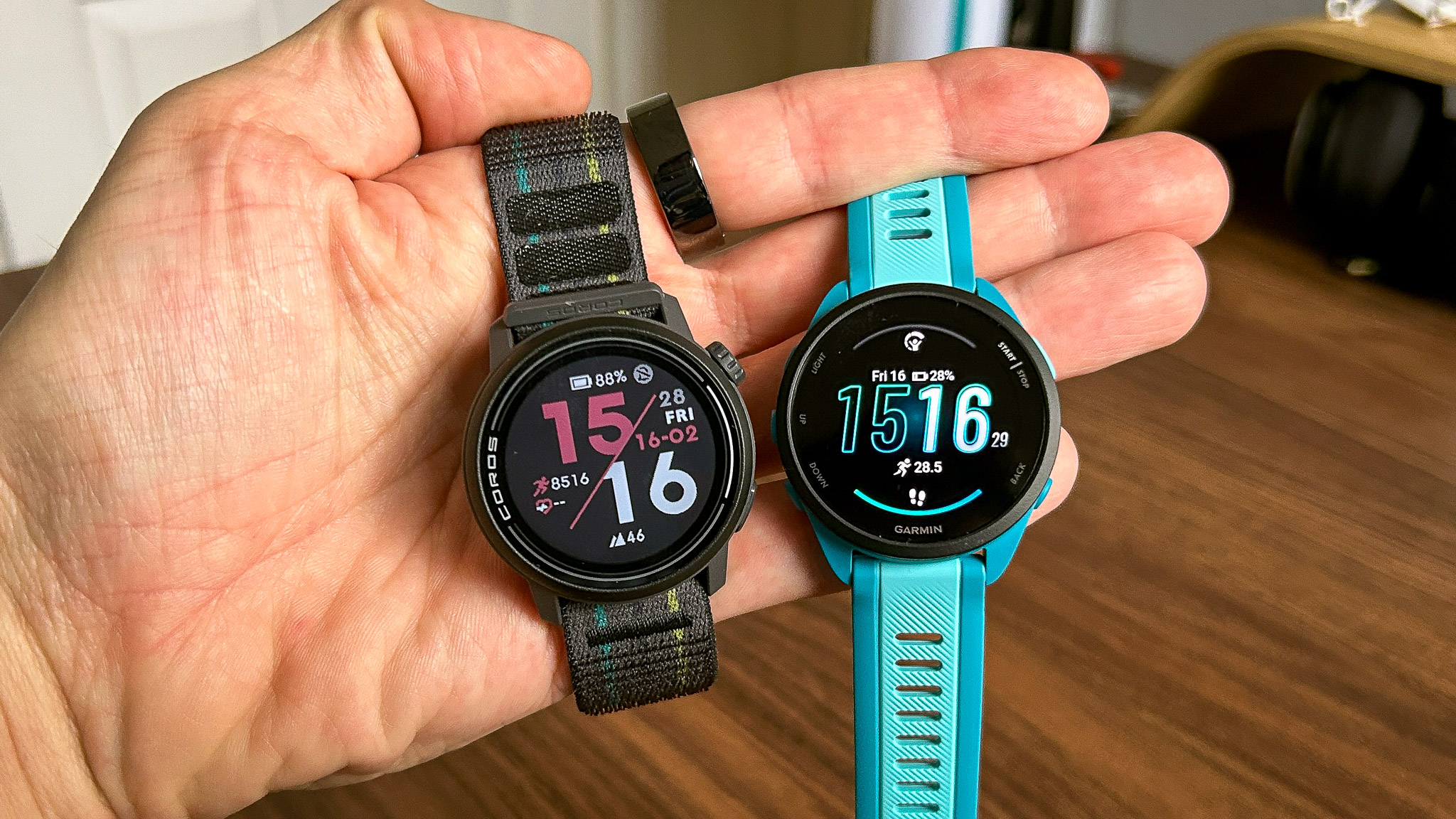 I used the Garmin Forerunner 165 and Coros Pace 3 to see which is better
I used the Garmin Forerunner 165 and Coros Pace 3 to see which is betterWhat's the difference between Garmin's and Coros' entry-level running watches? I tried them to find out
By Matt Kollat Published